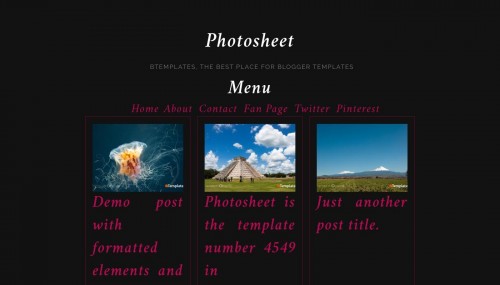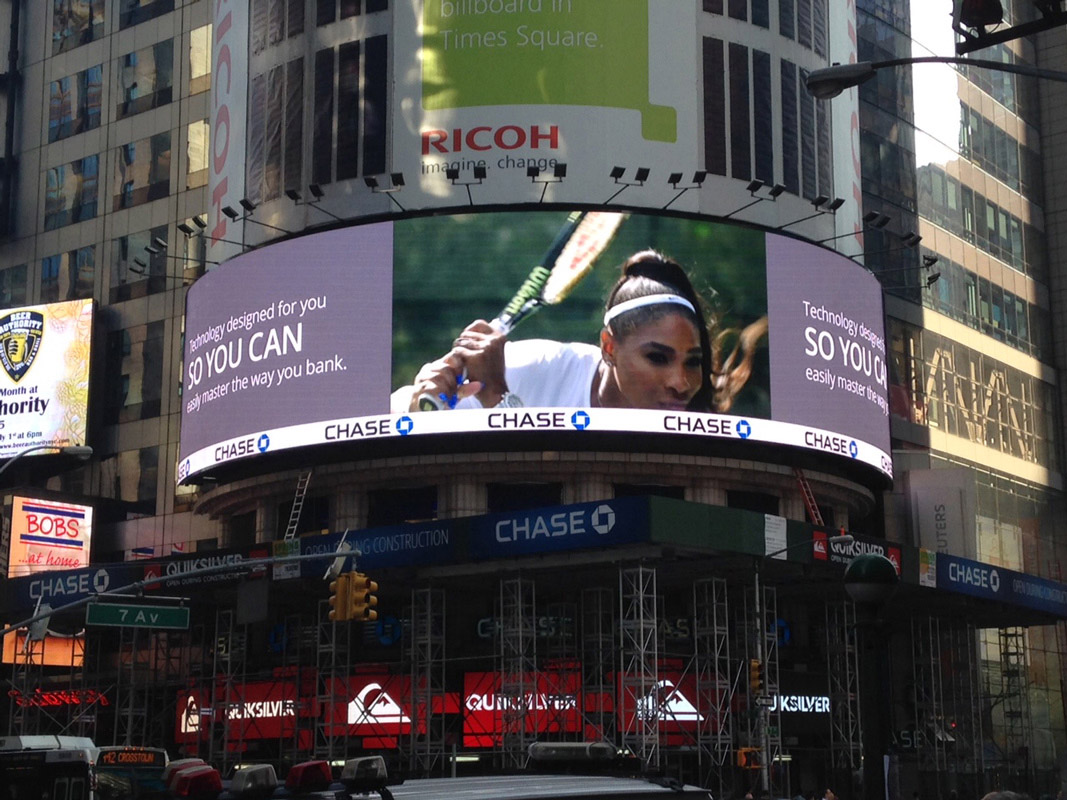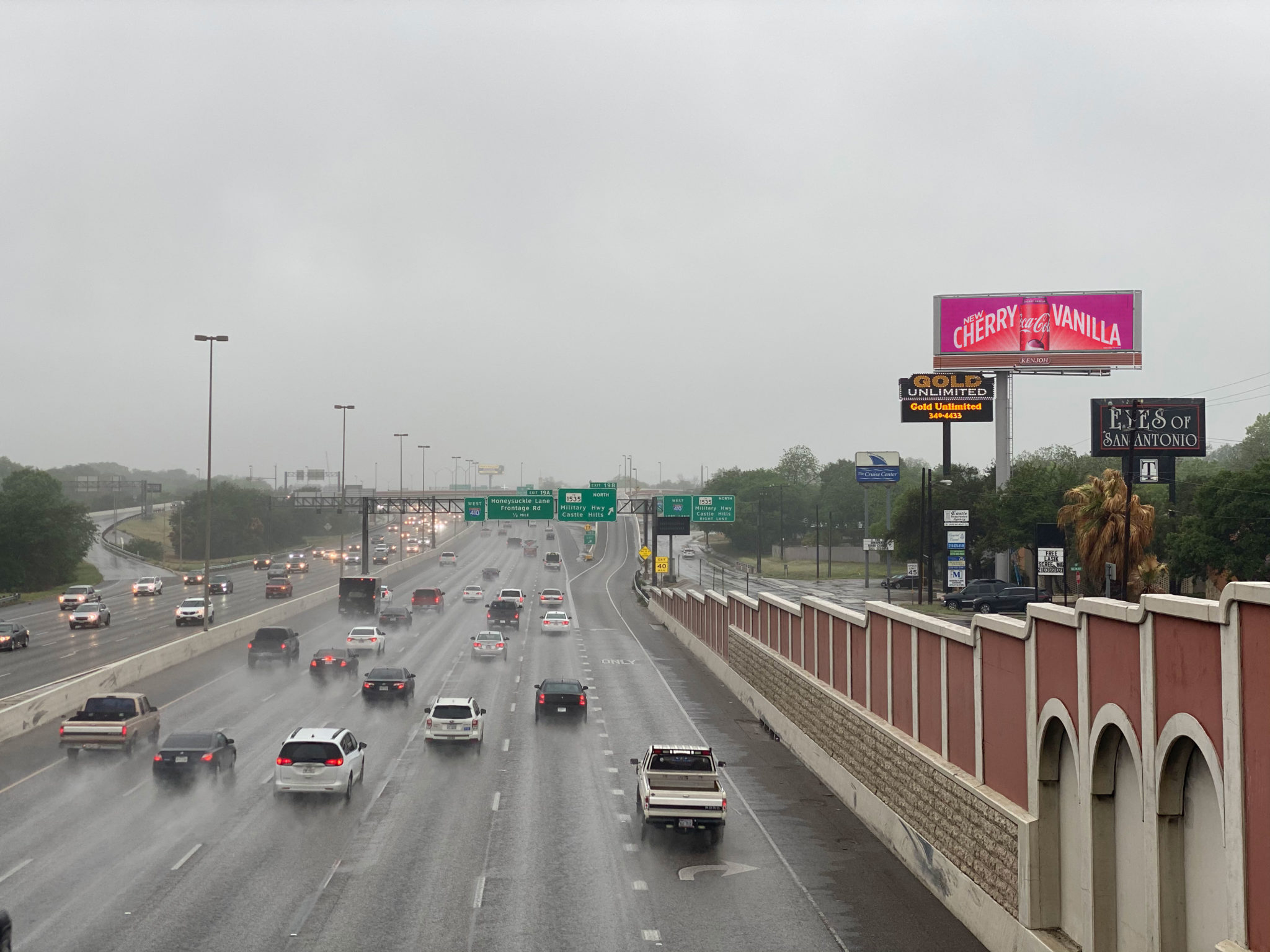

We recently launched our newest product, the DB-5000 Series, alongside our new control software, the Venus ® Control Suite. We quickly began to release new products, each focusing on cost reduction and power savings while also integrating new features to make them more user-friendly. We couldn’t keep up with the demand of production, which led to our second factory opening in Sioux Falls in 2007. At the height of the billboard boom, we were shipping upwards of 15 digital billboards per week. The Billboard BoomĪround 2004 – 2005, the price of digital billboards were finally economically feasible and sales grew rapidly. Creating this capability allowed us to grow to be the world leader we are today in this space.

We needed a 24/7/365 service business, one that could identify an issue and be on-site the same day providing service. But the biggest aspect of our business we needed to change our service organization. It worked OK, but did not allow OOH operators the amount of flexibility they needed. The most capable scheduling system we had at the time was designed for live events. This lasted from about 2001-2004.ĭuring this period, we worked hard to better align with the OOH market, a big part of that was designing a new control system.

There was a great deal of interest in digital, but it was necessary to prove the ROI before getting deep into it. Evolving Our ProductĪfter that first installation, we worked with a number of companies that wanted to deploy product in ‘test markets’.
#Photosheet for digital billboard install
This display may not have been as impressive as the higher resolution displays of today, but that first install is what got the wheels turning. It featured a 34 millimeter pixel pitch, but it was groundbreaking for the industry. Thisĭisplay wasn’t entirely digital as you can see in the picture, and by today’s standards, was very low-resolution. In 2001, Lamar Outdoor pulled the trigger and purchased the first digital display. These advancements caused the billboard market to take notice and begin to question the possibilities. In the year 2000 this began to change, and we started to get interest from outdoor companies.īlue and Green LEDs were becoming more viable for 24/7 outdoor applications and costs related to electronics were decreasing rapidly. When we began attending tradeshows for the billboard market, we were practically unknown.
#Photosheet for digital billboard full
Full LED displays were simply too expensive for billboard operators to justify purchasing. Before manufacturing full LED displays, we sold products to billboard companies here and there, but most of these consisted of static displays with a simple message center integrated into the campaign displaying messages or time and temperature displays. Some of the first “digital billboards” we sold were not 100% LED displays. Here’s a quick look into our history and what our future plans hold for the Out of Home industry. 2016 marks the 15 th year since we began designing, manufacturing and installing LED digital billboards.


 0 kommentar(er)
0 kommentar(er)
